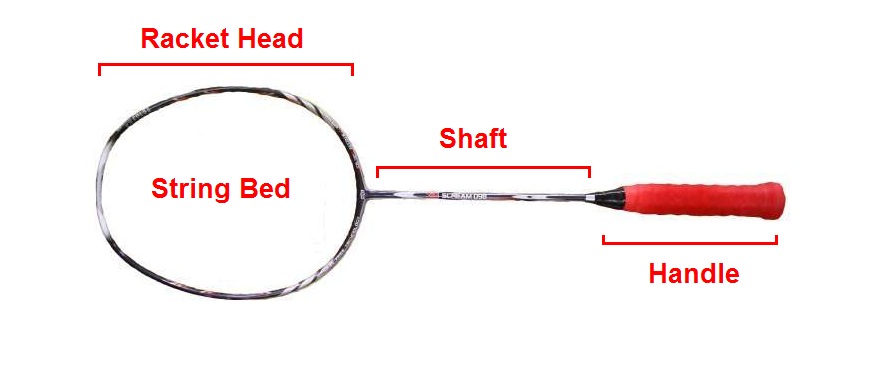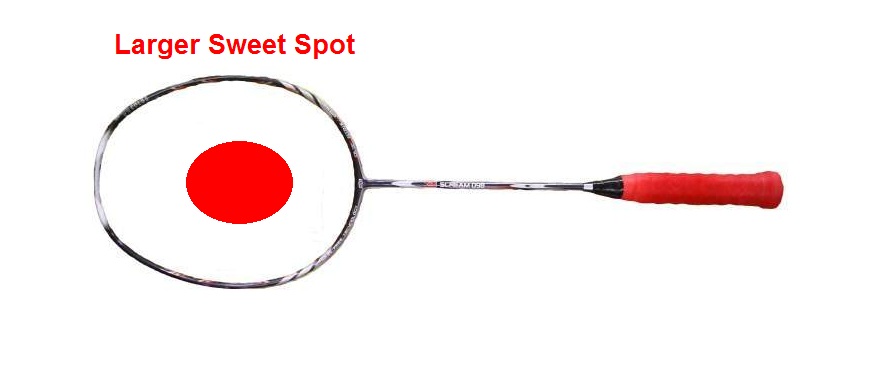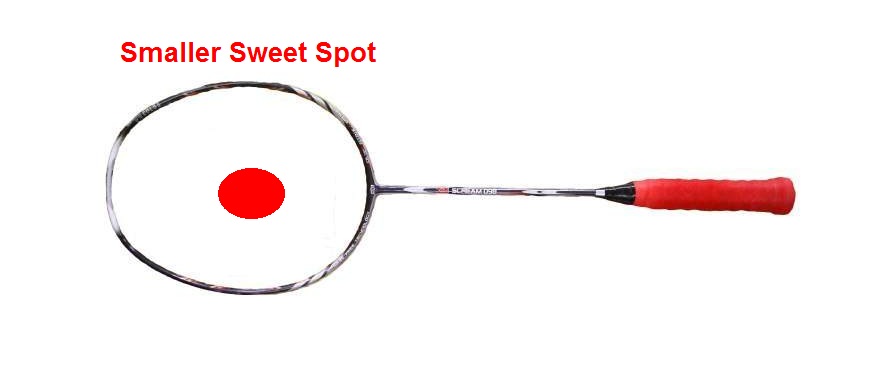Badminton Stringing Advice: Choosing the Correct String Tension for Your Rackets
If you play badminton, you know you can’t escape the badminton stringing process! Your racket strings will snap after some time. You’ll eventually have to restring it.
But before you restring your racket, you need to understand string tension. This is important because you will need to tell your stringer your desired string tension.
Badminton strings are usually strung between:
- 20-23 pounds for beginners
- 24-27 pounds for intermediate and high performance players
- 28-34 pounds for world class badminton players
Appropriate string tension is essential for:
- Maximising performance: Playing with the suitable string tension allows you to produce good power and control in your shots.
- Preventing Injury: String tension that is TOO HIGH can cause injury to your arm. This can possibly cause lead to tennis elbow (common elbow pain from racket sports) and damage to your triceps muscle.
Badminton Stringing: String Tension and Repulsion

Lower string tension of the strings gives more repulsion. This means you get more power!
As you increase your string tension, you reduce repulsion, hence less power.
Repulsion is important for beginners to generate sufficient power in their badminton shots. For example, hitting a baseline to baseline badminton clear is essential in a game. Beginners need to rely on repulsion to generate power for a good clear.
The source of power in any powerful badminton shot (such as a smash or overhead clear) comes from your swinging motion of your arm and wrist action.
Despite having good repulsion, you’ll still need to produce a large swing motion to generate maximum power. This is why the correct technique for badminton strokes always requires a COMPLETE SWING!
As you increase your string tension, there will be less repulsion. This means you need to add more power with your wrist.
In order to inject more power, you need to incorporate wrist action together with a big swing. A quick flick of the wrist enables more speed and power in your shot.
Developing good wrist action is one of the challenges in badminton, especially for beginners. With high tension rackets you need a faster swing speed and quick flick of the wrist. This is why it’s harder for beginners to use high tension rackets.
Gradually increase your string tension as you improve your swing speed and wrist action.
Badminton Stringing: String Tension and Sweet Spot
The term sweet spot is often used in badminton.
When the shuttlecock hits this “sweet spot” on the string bed of your racket, your shot will be very powerful! You’ll also hear a solid sound.
If the shuttlecock misses the sweet spot, your badminton shot will hardly have any power.
Rackets with LOWER string tension have larger sweet spot. This means it’s easier to hit the sweet spot with lower tension rackets.
As string tension increases, the sweet spot on the string bed becomes smaller. This makes it more difficult to make contact with the sweet spot.
The following pictures show you the sweet spot of a low tension racket and a high tension racket. Please note that they are just illustrations.
Low tension string bed:

High tension string bed:

This means you need to improve your technique before you increase your string tension. Good technique allows you to hit the shuttle on the sweet spot.
Go for higher string tension IF you are able to consistently hit the sweet spot for every shot you take.
Why go for Higher Tension?
Low string tension offers:
- Good repulsion
- Large sweet spot
Although I recommend beginners start with low string tension, you should gradually aim to increase the tension of your string. Low string tension results in less accurate shots. With a softer string bed, the flight direction is less certain.
High string tension on the other hand, results in better shot accuracy. With a harder string bed, the flight direction is more certain.
The only downside of high tension rackets is the smaller sweet spot and lesser repulsion. So I only recommend it after you have mastered the techniques well enough.
Do Not Go beyond Your Limit
Everyone will need different string tension. With a higher string tension you need a faster swing speed and exert more strength. Arm or elbow injuries may occur if the string tension is too high.
Don’t put too much stress on your arm if you are still starting out. High tension strings should only be used by more experienced players.
Every racket also has a limit!
Between the racket shaft and the handle, you’ll find a ‘recommended tension’ (in pounds) statement.
The racket might be damaged if you exceed the limit. In this instance, you will not be able to claim warranty on the racket if it gets damaged.
More Advice for Badminton Stringing
Basically, beginners should start with low string tension.
Start increasing your badminton stringing tension when you have:
- Mastered the shot techniques
- Developed strong wrist action
Increase your string tension gradually over time. Do not go for a sudden jump such as increasing your tension from 24 lbs to 27 lbs.
Most professional players string their rackets over 30lbs, which exceeds the recommended string tension of the racket.
This means they risk breaking their rackets to achieve maximum performance. They can afford to do so because most of them are sponsored.
For us recreational players, we shouldn’t exceed the maximum string tension as recommended on our rackets.
Like Masterbadminton.com?

Tell me what you think!
What do you think about what you just read? Leave me a comment below.